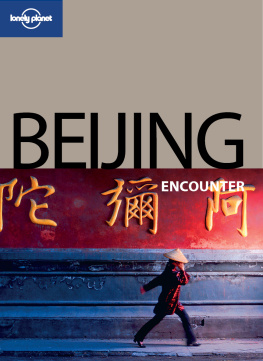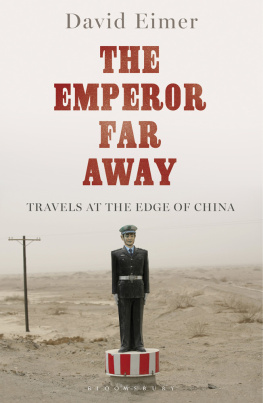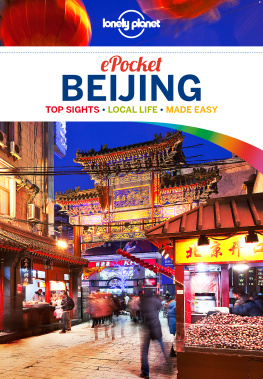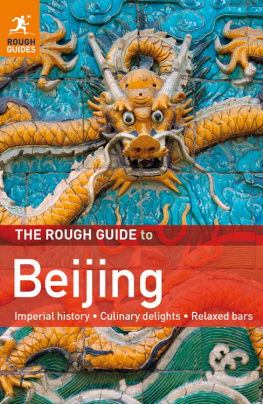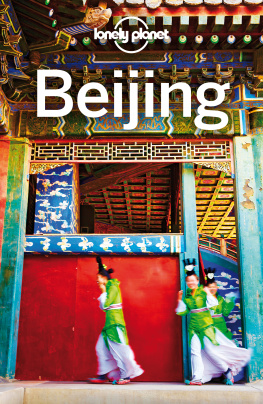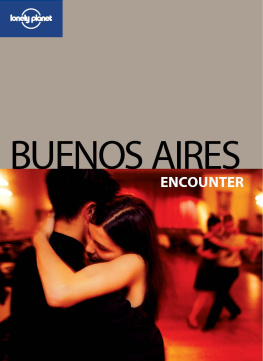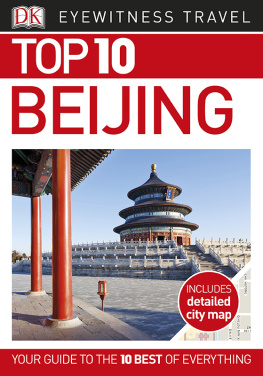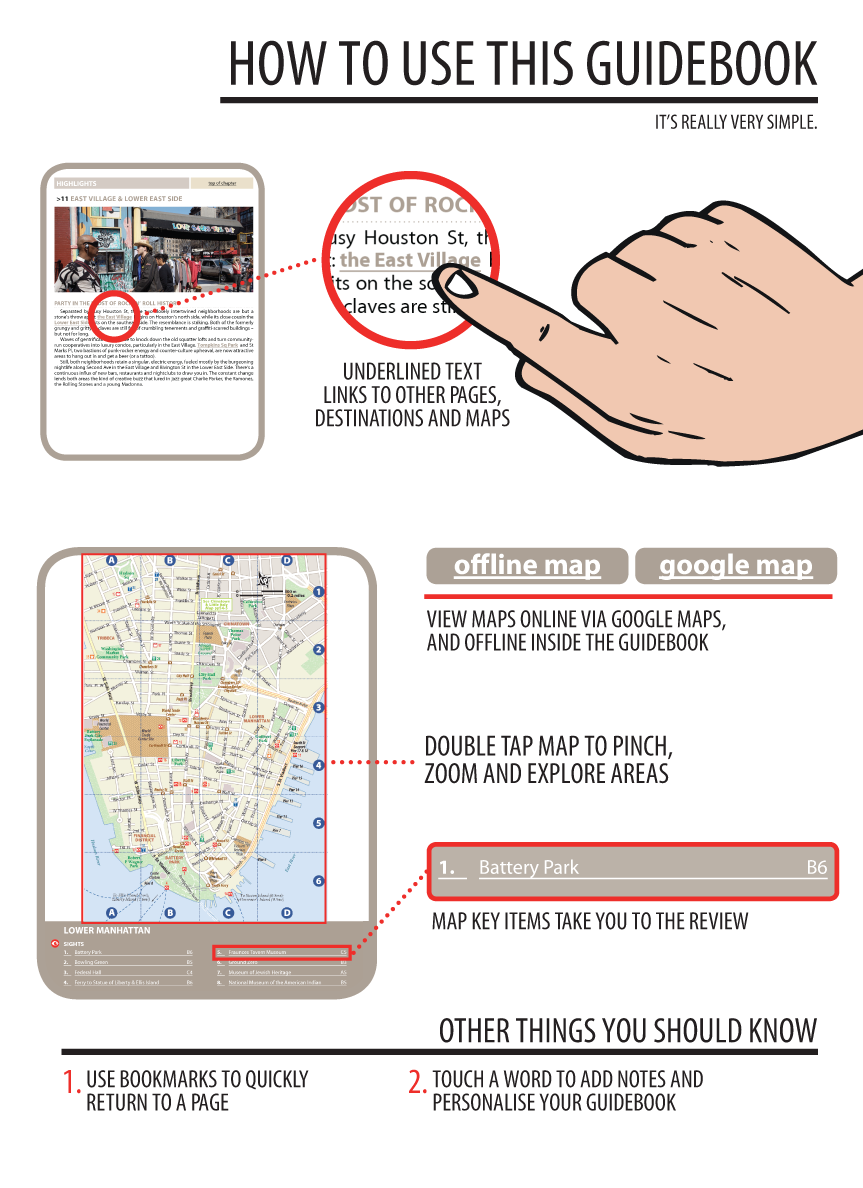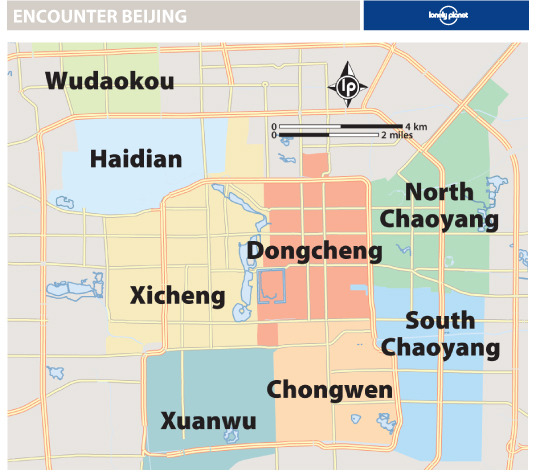Introducing Beijing Encounter
THIS IS BEIJING
Capital of the country everyones talking about, Beijing is a dynamic clash of the ancient and the modern. Steeped in history it might be, but Beijing redefines and reinvents itself while other cities are content to rest on their laurels.
If the pace of change in Beijing leaves its almost 17 million residents breathless, then visitors to the city are frequently left open-mouthed by its contrasts. Stunning historical sights rub shoulders with cutting-edge architecture, while serene temples coexist with buzzing nightspots. And if that wasnt enough, Beijing is home to Asias most exciting art scene, as well as upwards of 60,000 restaurants offering the very best of Chinas many cuisines.
More than anything, though, theres a confidence to Beijing now a very real sense that this once conservative capital is enjoying the time of its life. Its inhabitants know that better than anyone. Beijingers have always believed theyre living at the centre of the world; now, they really are. Always direct and never short of something to say and joke about, the locals are fiercely proud of their city and are no longer fazed or left tongue-tied by the increasing numbers of foreigners who have come to see what all the fuss is about.
Nevertheless, for all the new buildings, the improvements to infrastructure and the dramatic rise in living standards, Beijing remains a work in progress. Pollution is still an issue, no longer caused by heavy industry but by the 1000 new cars that take to the roads every day. And constant change brings its own stresses, as neighbourhoods are overhauled and once familiar landmarks disappear. Many people, too, have failed to prosper from the booming local economy.
But for all its inequalities, Beijing positively seethes with energy and optimism. Theres nowhere else on the planet where you can see history being made on this scale, so grab the chance while you can.

Every night is a good night at the restaurant strips by the lakes of Houhai
GREG ELMS/LONELY PLANET IMAGES
>1 FORBIDDEN CITY
WALK IN THE FOOTSTEPS OF EMPERORS AT THE FORBIDDEN CITY
Once home to Chinas emperors, the Forbidden City was the very heart of the country for five centuries and even now exerts a powerful pull on the nations psyche. So called because an unauthorised visit to the palace would result in instant death, its the best-preserved collection of ancient architecture in China and is absolutely unmissable.
Originally laid out by Emperor Yongle, with the help of a mere million labourers, between 1406 and 1420, the complex is so vast 800 buildings with 9000 rooms spread out over 720,000 sq metres that a full-time restoration squad is continuously repainting and repairing. Its estimated that it would take 10 years to do a full renovation.
Most of the buildings visitors see today, though, date back to the 18th century. Fire was always a threat to the wooden palace and blazes were frequent, with wayward fireworks displays and knocked-over lanterns, as well as the odd angry eunuch, the main culprits. Scattered around the complex are the bronze vats that contained the water kept on hand to put out fires.
But the palace isnt just a collection of buildings. It is actually a huge museum with the largest collection of imperial treasures in the country, including the superb Dragon Throne the emperor sat on and Buddhas bedecked with almost every precious metal and gemstone imaginable. Despite being looted by the Japanese and the Nationalists last century, there are still so many artefacts that only a fraction can be shown at any one time. Most can be found in the pavilions and side buildings that act as mini-museums, with rotating displays of exhibits.
Equally enchanting are the courtyards that separate the buildings. Theyre fine places to contemplate the splendour of the palace and the life lived by its inhabitants. Fourteen Ming and 10 Qing emperors called the Forbidden City home and the intrigue, scandal and drama that went on here has inspired countless films and books. The imperial family was catered to by vast armies of servants cooks, concubines, eunuchs, officials and soldiers who pampered them while also scheming to improve their own positions.
Unsurprisingly, many emperors were insulated by the luxury they lived in and knew little of the dire conditions endured by most ordinary Chinese outside the palace walls. It was that isolation that caused their downfall. For more info, .

Tile detail, Forbidden City, Dongcheng
GREG ELMS/LONELY PLANET IMAGES
>2 TIANANMEN SQUARE
DODGE KITES ON THE WORLDS BIGGEST URBAN SQUARE
The worlds largest public square, Tiananmen Sq was conceived by Mao Zedong as a monument to the omnipotence of the communist party. At 440,000 sq metres, the huge expanse of concrete is certainly awe-inspiring. Most visitors get to know it well, as they criss-cross it on their way to and from the Forbidden City (.
Its at its most evocative at sunrise and sundown, when a crack squad of Peoples Liberation Army (PLA) soldiers goose-step their way across the square to raise and lower the Chinese flag. At night, its especially beautiful when the crowds thin out and locals arrive to unfurl high-altitude, glow-in-the-dark kites. But any time, the lack of high-rise buildings in the proximity emphasises the grandeur and scale of the square.
Named for Tiananmen Gate (Gate of Heavenly Peace; ), the arched 15th-century gate just to the north, the square has witnessed some of the key moments in Chinese history. Mao proclaimed the Peoples Republic of China from Tiananmen Gate to a huge crowd of ecstatic Beijingers, and throughout the Mao era the square regularly packed with a million-odd people for parades. In 1989 it was the site of the doomed pro-democracy protests, which ended when tanks rolled across the square.
Seven parallel bridges lead over a stream from the square to Tiananmen Gates five doors. In pre-revolution days, the centre bridge and door could only be used by the emperor. Since the arrival of the communists, this door has been crowned with an enormous portrait of Mao, an obligatory photo opportunity for the domestic tourists who swarm over the square every day.
As well as tour groups, kite fliers and a small army of hawkers, Tiananmen is populated by numerous police, PLA and plain-clothes officers, ready to pounce at any sign of a protest. Their presence is a reminder that the square is not like public places elsewhere in the world, despite the kids running around and the tourists snapping away.

